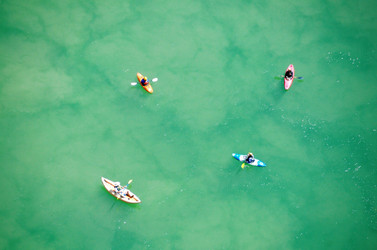It's that time of year and paddlers are praying for rain as the water beckons. But is it safe to go out paddling? For the most part, the same rules of social distancing apply to paddling as they do to other social activities. Covid-19 is mainly transmitted through droplets from infected persons when they sneeze, cough, talk or breathe and those droplets are breathed in by another person. 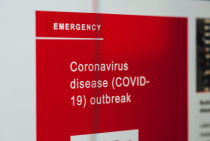
Recent reporting suggests that as many as 40% of infections are transmitted by infected persons who are asymptomatic. This means Covid-19 is a stealth virus and therefore very dangerous. In any gathering, you should operate under the assumption that you or any of the other members in your party could be infected. The Centers for Disease Control and Prevention lays out some Basic guidelines which we shall briefly summarize as follows:
- The larger the gathering, the greater the risk of infection; therefore, the smaller the group for any social activity, the better. Avoid crowded areas as much as possible.
- Excepting people who have been sharing the same living space, you should maintain a distance of at least six feet apart.
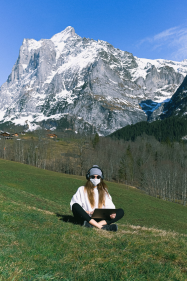
- Wear facial coverings (masks) to prevent spreading or inhaling the virus (children under the age of 2 should NOT wear masks, for obvious safety reasons).
- Always cover your mouth when you sneeze or cough.
- Do not share or touch the same objects. Do not share food or beverages.
- Regularly and thoroughly wash hands with soap and water or hand sanitizer with at least 60% alcohol for at least 20 seconds.
- Using sanitizer with at least 60% alcohol, keep bathroom areas disinefected, if possible.
To this list, we would add the following: - When choosing where to go paddling, avoid crowded areas where the risk of infection would be highest.
- Paddle on waters you feel most comfortable and safest with. By paddling on waters which pose higher risks, you increase the chance of having an accident or become stranede, this could potentially draw emergency personnel away from responding to pandemic-related emergencies. Furthermore, medical personnel are more likely to have been exposed to the virus, so the risk to you would increase.
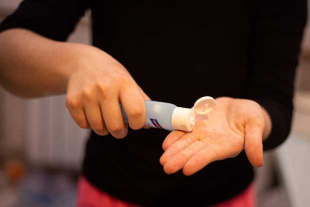
- Carry hand sanitizer on your person for cases where you inadvertently touch objects in common or each other.
Here are some additional things to think about:
On the Water
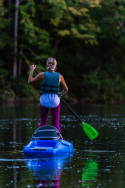 It is advisable to paddle single file, maintaining a healthy distance. This will make conversation more difficult, to be sure. On wider rivers, lakes or oceans, you could paddle side-by-side so you can talk, but maintain a distance of well more than six feet.
It is advisable to paddle single file, maintaining a healthy distance. This will make conversation more difficult, to be sure. On wider rivers, lakes or oceans, you could paddle side-by-side so you can talk, but maintain a distance of well more than six feet.
Why well more than six feet? Because on the water you can be pushed around by currents and waves, so if you are only six feet a part, that can quickly and unintentionally become three feet or less.

In Vehicles
The best way to avoid transmitting the virus in vehicles is for persons not sharing the same household living space to drive separately. This could be quite challenging, however. River paddling requires dropping a car at the put-out and carpooling back to the put-in. This may be inadvisable, however, wearing masks, rubber gloves and maintaining as much spacing in the car would be advisable, as would keeping windows at least partially open.
Loading and Unloading Boats
This is tricky because two people not from the same household living space might be touching the same boat. Masks and rubber gloves would add a barrier and a layer of protection. The best solution is for persons from the same household to load and unload their boats to avoid close interaction between persons from different households.
In the Campground
Depending upon the state, parks and campgrounds may be closed and not maintained, which means authorities are discouraging you from using them. Why? Camping is a rather intimate activity which can involve a lot of human contact. The safest decision is to simply engage in day activities and return home at night. Should you find yourself in a campground regardless, here are some suggestions: Any two persons not sharing the same household living space should maintain six feet or more of separation and should not sleep in the same tent. Arranging your camp fire with camp chairs a health ten or more feet apart might be a good way to be able to enjoy a campfire, but remember that winds can carry particles so keeping masks on is advised. Again, do not share or touch the same food or beverages.
World-wide, hundreds of thousands have perished from this deadly virus. It is no joke and continues to pose a mortal threat to public health. Sheltering in place is the safest approach you can take, which means no paddling. But if you go out paddling, carefully following safety procedures can protect you and your loved ones and that can enable you to better relax as you enjoy your time in the great outdoors.

